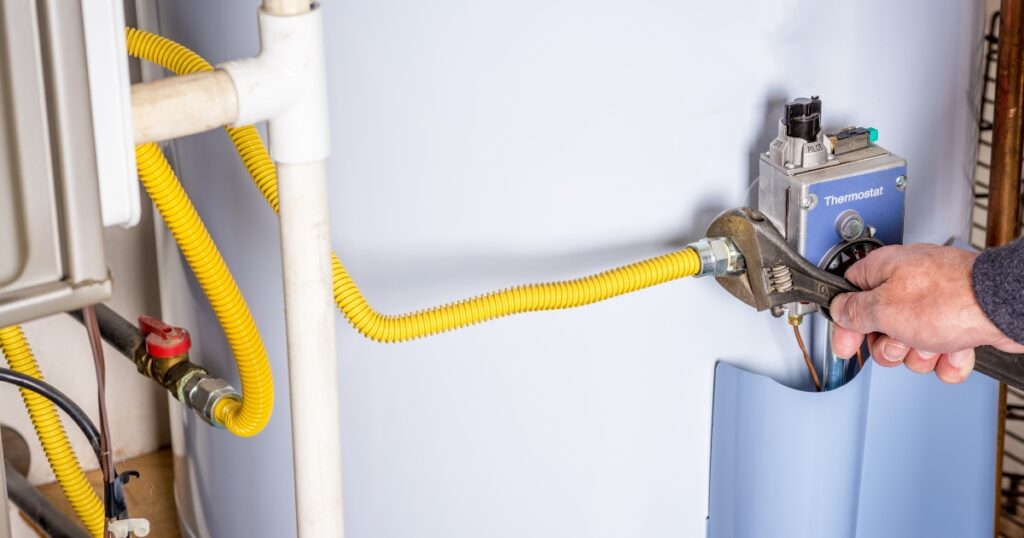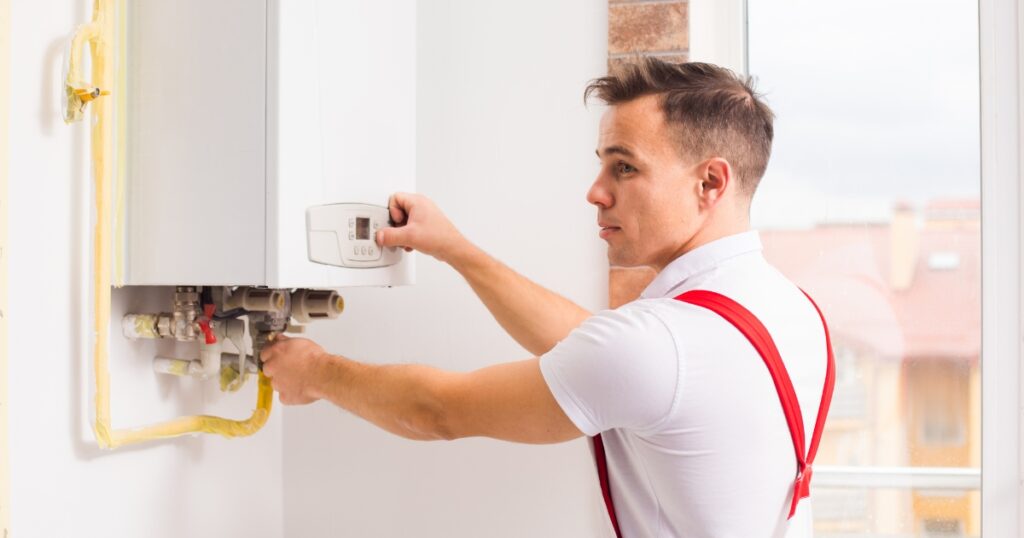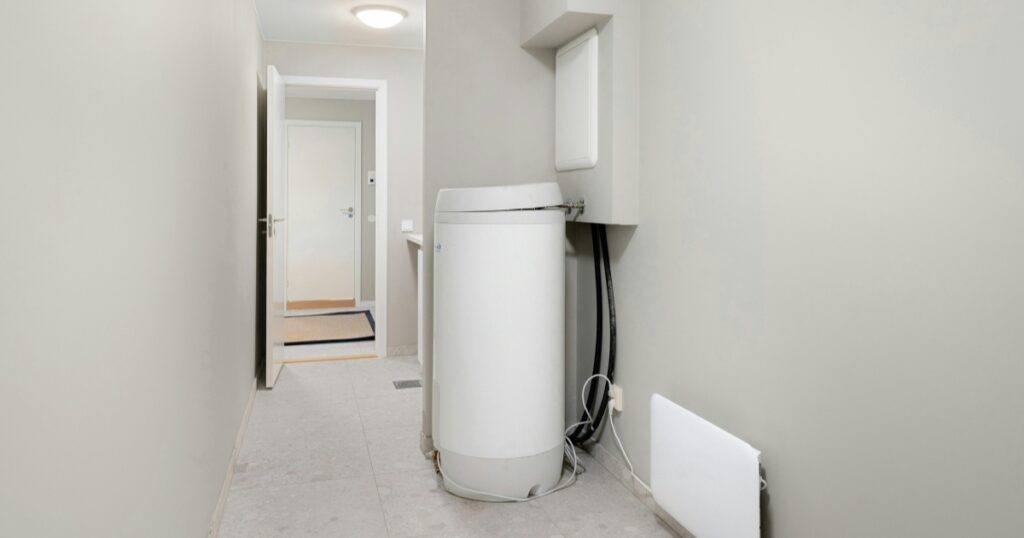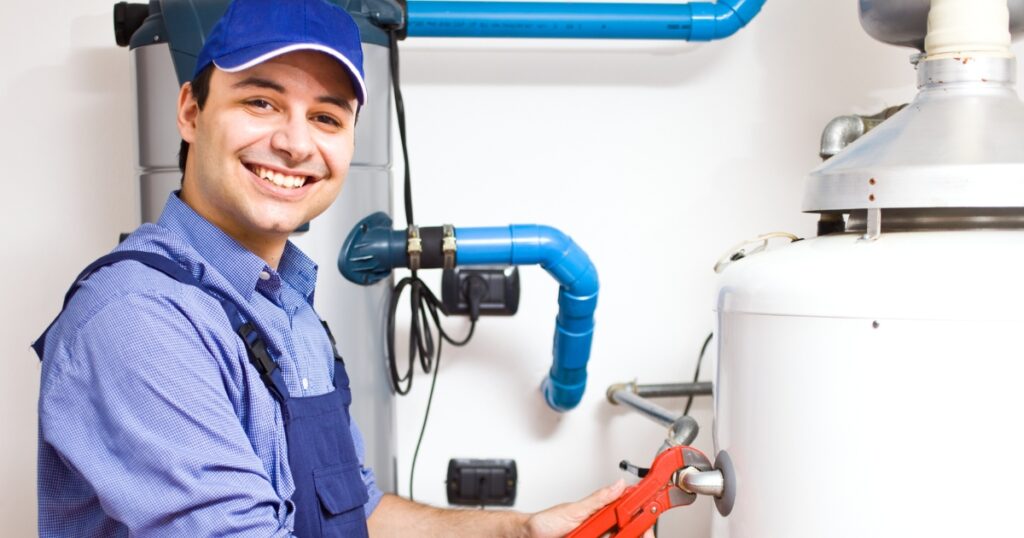A reliable hot water system is easy to take for granted until something goes wrong. Cold showers, poor water pressure, or a sudden leak often happen without warning, leaving households scrambling to fix an issue that could’ve been prevented. Staying ahead with regular maintenance makes a real difference in performance and lifespan. This checklist will walk you through what to look out for and what steps to take, so your hot water heater stays in top condition.
Why Hot Water System Maintenance Matters
Hot water systems do a lot of heavy lifting behind the scenes. Whether you’re washing dishes, running a load of laundry or enjoying a hot shower, the system works quietly in the background, until it doesn’t.
Neglect can lead to:
- Higher energy bills
- Inconsistent water temperatures
- Mineral buildup in the tank
- Valve failures and leaks
- Complete system breakdown
And replacing a hot water heater isn’t cheap. Taking a bit of time to stay on top of maintenance helps avoid costly repairs and early replacements. Just like servicing your car, a proactive approach saves time, money, and stress down the line.
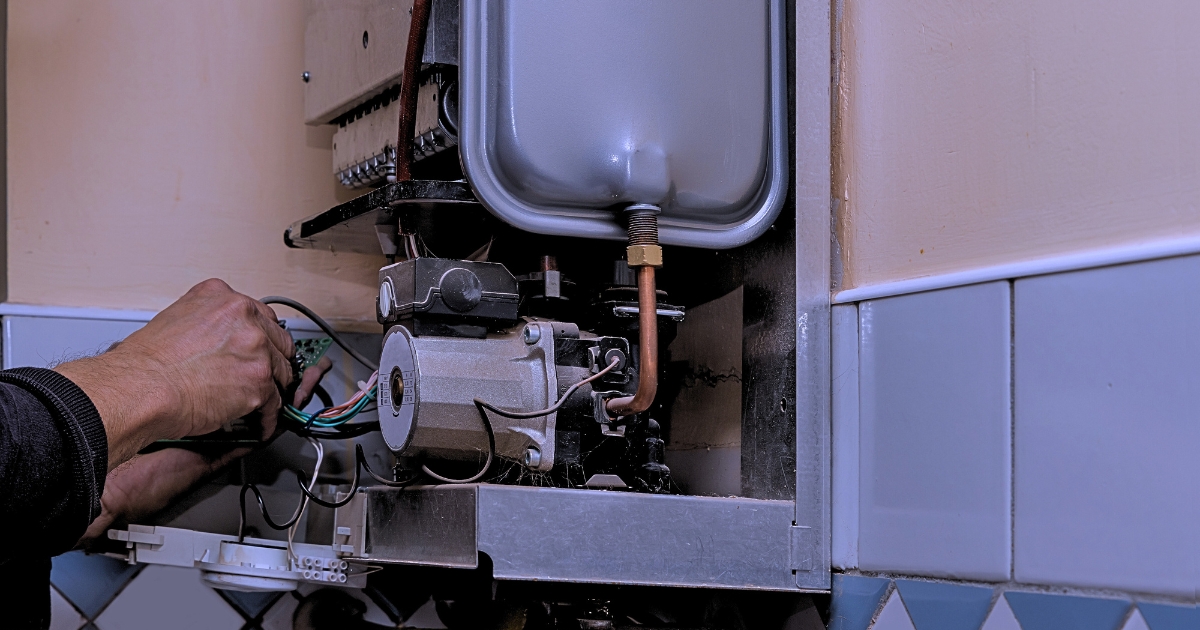
Visual Inspection Should Be Your First Step
Start by checking around the system. Look for water pooling, rust spots, or corrosion around valves and pipes. A small leak might not seem like much, but even minor damage can spread fast. Check the following:
- Tank surface for rust, especially near weld seams
- Pipe joints for signs of leaks or mineral buildup
- Relief valve for any dripping
- Area around the base of the unit for pooling
If you see anything suspicious, it’s better to have it checked now than deal with an emergency later.
Test The Pressure Relief Valve
Every hot water heater has a pressure relief valve. It’s a safety feature that releases pressure if it builds up too high. If this valve fails, the results can be dangerous.
Here’s how to test it:
- Place a bucket under the valve
- Lift the lever gently
- Let a bit of water release, then let the lever snap back
You should hear a gurgling sound as water flows through the drainpipe. If nothing happens, or if the valve leaks afterwards, it might need replacing.
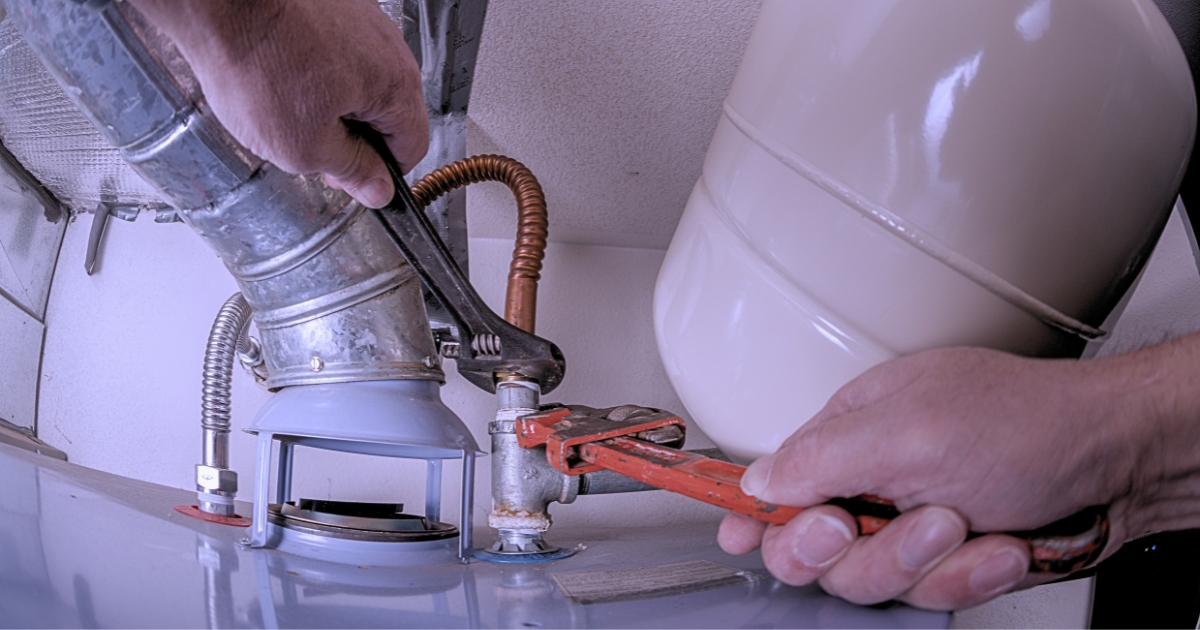
Flush The Tank to Remove Sediment Buildup
Over time, sediment settles at the bottom of the tank especially in areas with hard water. This buildup insulates the water from the heating element, making the system work harder and less efficiently.
To flush your tank:
- Turn off the power or gas supply to the unit
- Close the cold-water inlet valve
- Attach a hose to the drain valve and lead it outside or to a drain
- Open the valve and allow the tank to empty
- Turn the cold water back on briefly to flush out remaining sediment
- Close everything, remove the hose, and restore power
Doing this once a year is usually enough but check your owner’s manual for specific advice based on your model.
Inspect The Anode Rod
The anode rod is a sacrificial piece of metal inside the tank that attracts corrosive elements. Over time, it wears out. If left unchecked, corrosion will move on to the tank walls, shortening the system’s lifespan.
You’ll need a socket wrench to remove the rod from the top of the unit. If more than half the rod is corroded or it’s coated in calcium, it’s time to replace it. Many homeowners skip this step, but it can add years to your system.
Check Your Thermostat Settings
If your water is too hot or not warm enough, your thermostat may need adjusting. The recommended temperature setting is generally between 50°C and 60°C. Going higher increases the risk of burns and energy usage. Too low, and bacteria like Legionella can thrive.
If you’re constantly adjusting taps to find the right temperature, it’s worth taking a look at the heater’s thermostat dial.
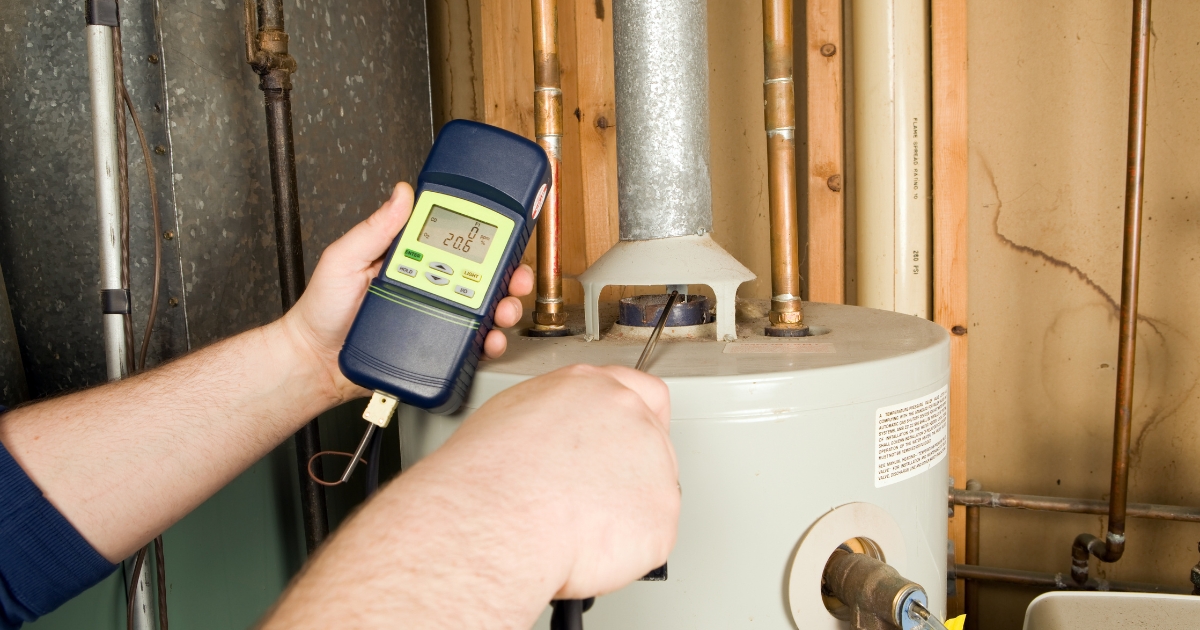
Listen For Unusual Noises
Popping, banging, or rumbling sounds coming from the tank usually mean there’s sediment buildup. It’s a sign the tank needs flushing. High-pitched whistling can point to a partially closed valve. Don’t ignore these sounds, they’re your system’s way of telling you something’s off.
Unusual noises can also mean a failing heating element or loose parts. If a flush doesn’t fix it, it’s time to call in a licensed technician.
Keep The Area Around Your Unit Clear
It might not sound like maintenance, but keeping the area around your hot water system free from clutter helps prevent overheating and fire hazards. Don’t store flammable materials like paint cans, cleaning products or cardboard near the unit. Make sure there’s enough space for airflow and access for future inspections and repairs.
If your system is in a cupboard or garage, sweep the area every few months and keep it tidy.
Schedule a Professional Inspection Once a Year
Some tasks, like replacing an anode rod or checking internal electrical components are best left to professionals. An annual inspection gives you peace of mind, confirms everything is working properly, and picks up on any small issues before they escalate.
Choose a local plumber who’s familiar with your system’s brand and age. They’ll know what to look for and when parts might need replacing. Many companies even offer fixed-price maintenance plans to help you stay on track.
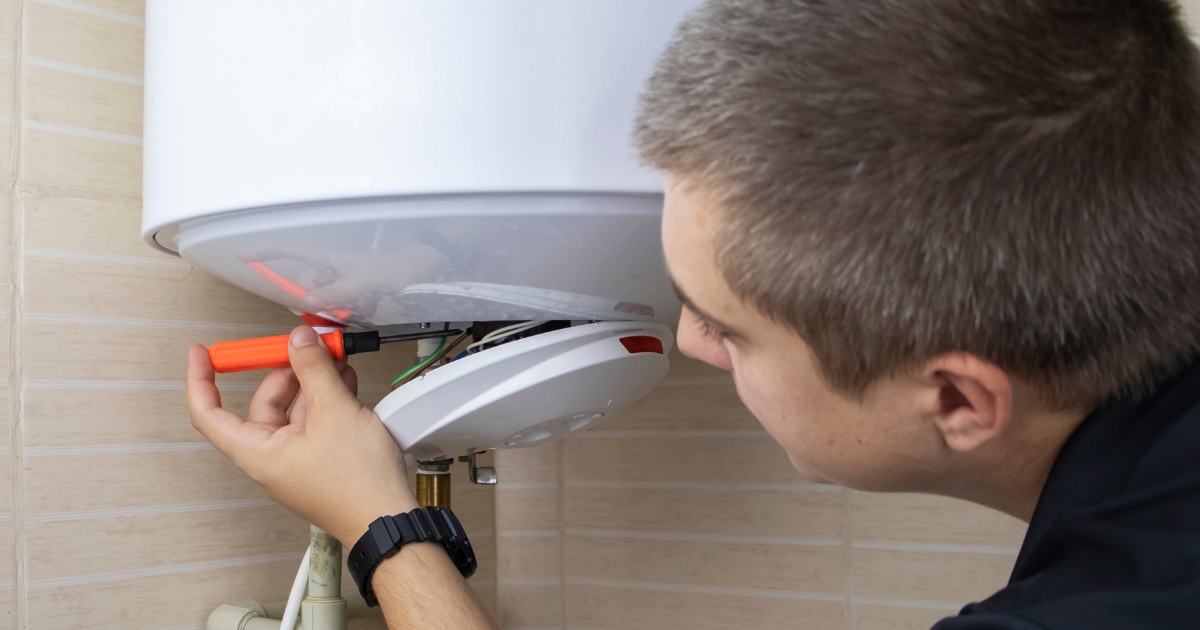
Time To Tick Off Your Checklist
Maintaining your hot water system doesn’t need to take much time. A few simple checks each year can help extend its lifespan, improve performance and keep energy costs down. Set a reminder in your calendar and use this checklist as a guide.
If you’ve noticed unusual sounds, fluctuating temperatures or a drop in water pressure, don’t ignore it. Small problems can quickly turn into bigger repairs.
Book a service with Hot Water Repairs Today for fast, reliable support across NSW. Their licensed team handles maintenance, repairs and replacements, so your hot water keeps working when you need it most.
FAQs About Hot Water Heater Maintenance
How often should I flush my hot water heater?
Once a year is enough for most homes, especially if you have hard water. If your system is older or you notice sediment in your water, do it more often.
What’s the average lifespan of a hot water system?
Storage tank systems usually last 8-12 years. Tankless systems can go up to 20 years with proper care. Maintenance helps you reach the upper end of that range.
Is it safe to test the pressure relief valve myself?
Yes but be careful. Wear gloves and stand to the side, as hot water may come out. If you’re unsure or it leaks after testing, call a plumber.
What are signs my system needs servicing?
Inconsistent hot water, high power bills, strange noises or leaks are all red flags. Don’t wait until the system breaks down.
Can I do maintenance on a gas heater too?
You can handle visual checks and draining, but anything involving gas connections should always be done by a licensed technician.

